As temperatures soar in the Southwest, heat safety and awareness become critically important for your pet. The extreme heat can result in severe health issues in pets, including life-threatening heatstroke, but owners who are aware of these risks and implement protective measures can avert heat-related dangers. Our Southern Arizona Veterinary Specialty & Emergency Center team provides seven tips to help ensure your pet’s well-being.
1. Know the dangers of heat exposure for pets
Our companions are especially vulnerable to heat-related illnesses, such as heat exhaustion and heatstroke because, unlike people, pets are limited in how they regulate their internal body temperature. Dogs, for instance, primarily cool themselves by panting and through their foot pads, but these mechanisms are insufficient in extreme heat. Cats are more adept at seeking out cool spots, but can also suffer in high temperatures. Limit your pet’s exposure to heat and take them indoors.
2. Understand heat-related illness signs in pets
Knowing the signs of hyperthermia and heatstroke in pets is crucial for timely intervention. Signs include:
- Excessive panting
- Drooling
- Lethargy
- Vomiting
- Uncoordinated movements
- Collapse
- Seizures or unconsciousness, in severe cases
If your pet shows signs of heatstroke, take immediate action. Move them to an air-conditioned environment, offer room-temperature water to drink—but never force them to drink—and call our Southern Arizona Veterinary Specialty & Emergency Center team. Never give your pet cold drinking water or submerge them in cold water, which could cause shock.
3. Encourage pets to drink more water
Hydration is necessary any time of year, but your pet will need to drink more during hot weather. Ensure they have access to fresh water in multiple bowls, both indoors and out, at all times. Pets can quickly become dehydrated during hot weather, exacerbating the risk of heat-related illnesses. Always carry extra water and a collapsible bowl for your pet when you leave home.
4. Limit exercise and avoid overexertion in pets
While exercise is crucial for your pet’s good health and happiness, plan on indoor activities and early morning walks when the heat is extreme. Provide interactive toys or games for your pet’s indoor enrichment and fun, such as a game of fetch with a soft toy for your dog, or a laser pointer to get your cat moving. Outdoor time should be limited to cooler times of day, such as early mornings or late afternoons.
5. Never leave pets in a parked vehicle
The high temperatures mean pets must not be left in cars, which can reach lethal temperatures in minutes, despite the windows being cracked and the car being parked in the shade. Leave your pet safe, cool, and relaxed in your air-conditioned home when you run errands.
6. Protect pet paws from scorching sidewalks
The intense sun and heat can cause pavement, asphalt, and packed dirt to become extremely hot. Always check the surface before walking with your pet and choose grassy areas, such as parks, where they cannot harm their sensitive paw pads. If you cannot avoid scorching sidewalks, consider booties designed for paw safety for your pet.
7. Use special precautions with certain pet breeds and species

Dogs and cats are the most common pets, but not the only ones who need special considerations in the heat. Rabbits, birds, reptiles, and other exotic pets and breeds also require special care in hot climates. For example, brachycephalic pets (e.g., pugs, French bulldogs, and Persian cats) have difficulty with respiration during hot weather because of their compromised airways. Birds, who wear the same feather coat no matter the temperature, may need their feathers gently moistened to help dissipate heat.
Heat safety awareness is paramount for pets in the low desert regions, but, you can safeguard your wagging and whiskered pets from the dangers of extreme heat by always staying vigilant to the likelihood of heat-related problems.
If your pet shows signs of heat distress or you have questions about heat safety, do not hesitate to contact our Southern Arizona Veterinary Specialty & Emergency Center, because our goal is to ensure every pet and pet owner is cool and comfortable. However, if your pet shows any distress signs, they need our team’s prompt attention.


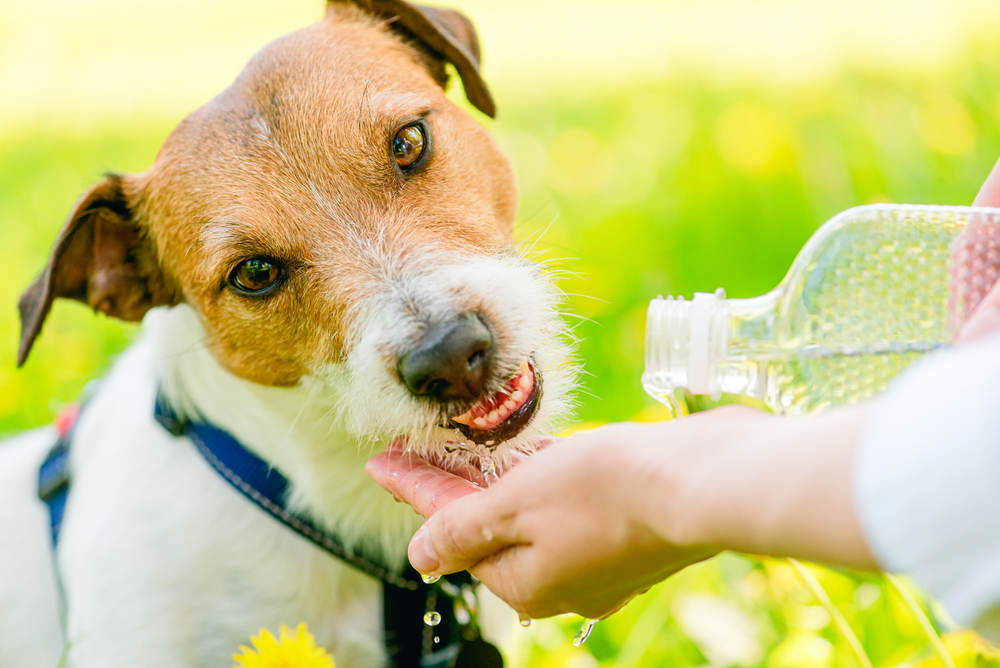
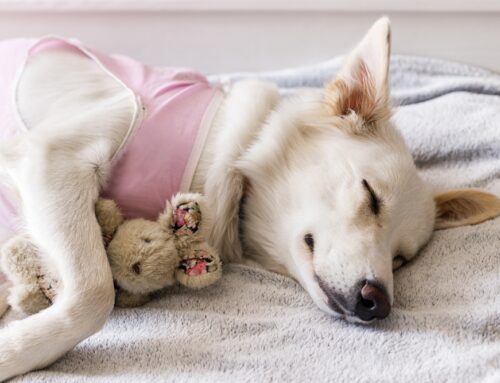
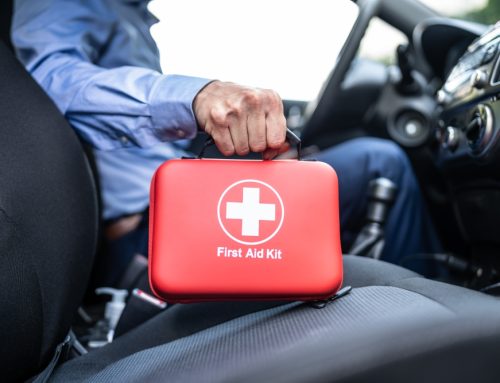
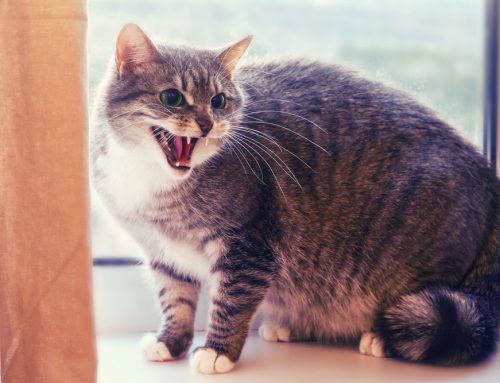
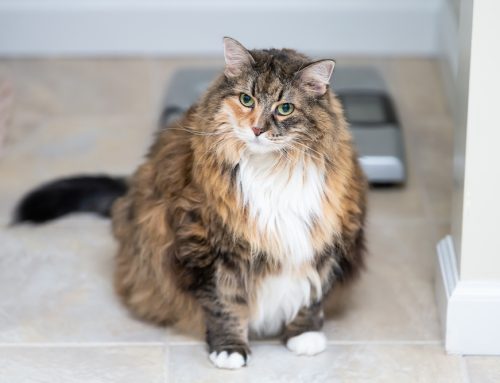

Leave A Comment